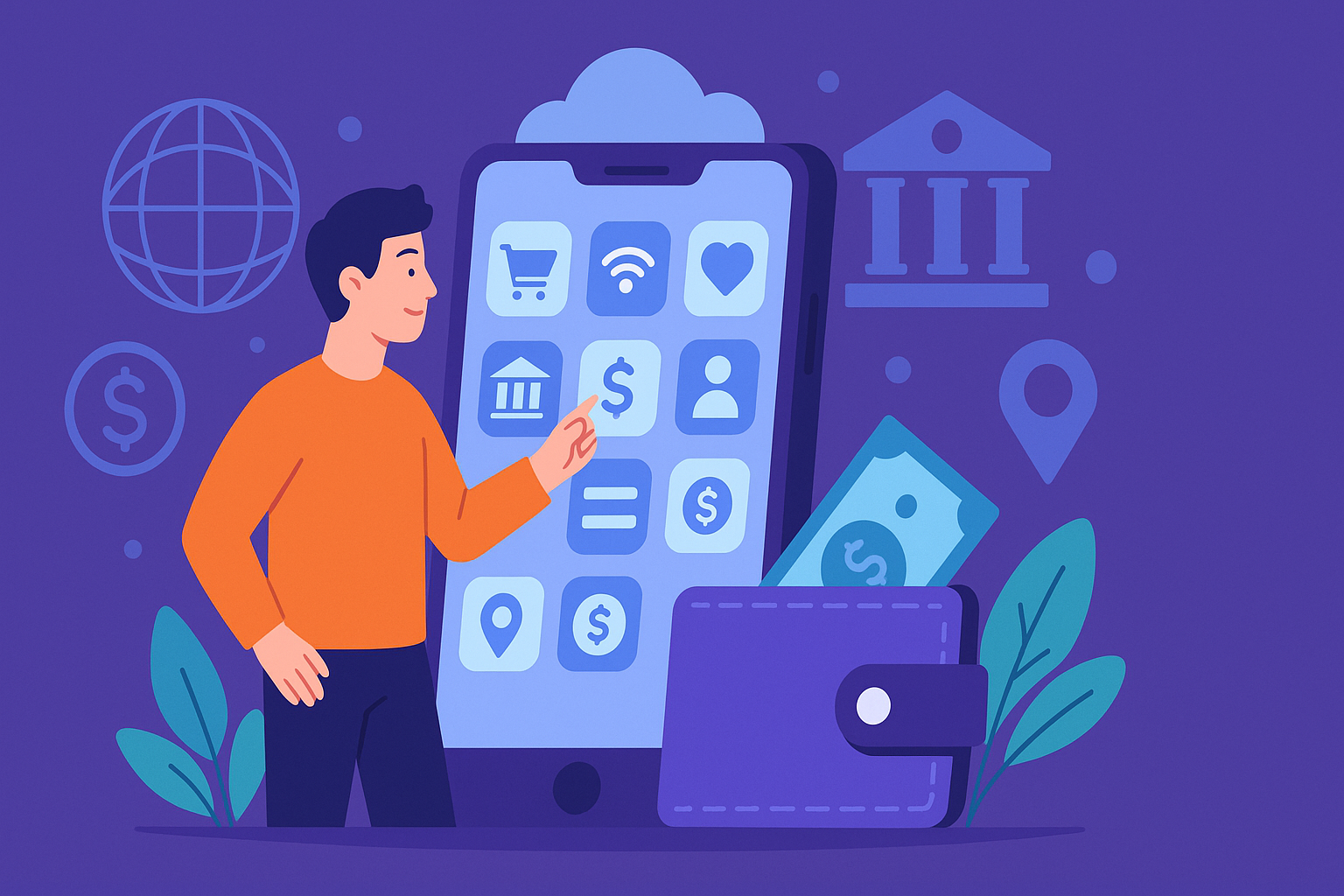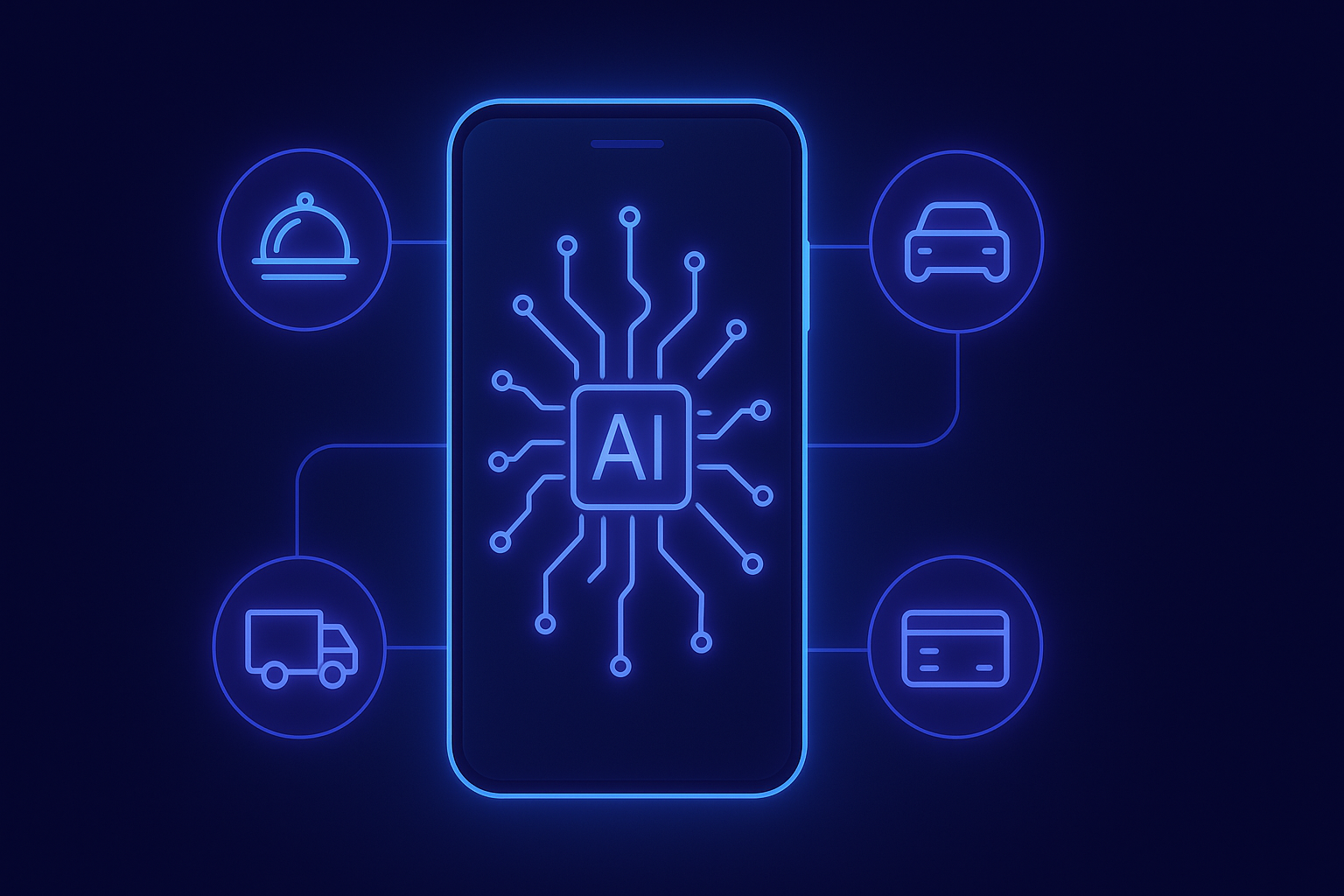7 crucial UX design tips for building better products

We spend a lot of time reading news online, navigating blogs and using web applications. In certain situations, the quality of our online experience is not on par with what we desire. This is attributed to bad programming that does not take the user experience into account. It’s easy to look from afar and find these mistakes, but when you are the one handling a project, it’s a little trickier.
As an entrepreneur who is deeply involved in the area of UI/UX design/prototyping/wireframing, solving the problems of designing and prototyping new apps was the primary concern for Fluid UI. To succeed, one needs to be very close to the world of UX design and find the needs, the expectations, the loves, and the hates of professionals in the sector.
For a UX designer/researcher, as generations and cultures change, your work becomes more and more relevant. The emphasis is on the usability, design and ease of use of each product. If this aspect is not done correctly, it will impact sales. I say this because many people don’t understand the direct correlation between their everyday work and sales in the UX world. It’s a lot of fun, but you have the power to make or break it! Thus, because your job is important, take ownership of it. This can make or break many of your future projects, like offshoot websites or mobile application developments.
There’s something for everyone in user interface design, from using a wireframing platform such as Justinmind to learning the ins and out of behavioural psychology. Getting your hand in all the pies sometimes helps. Aside from food analogies, UI-UX design is a dynamic field and it is not unusual to find individuals with specializations in different competencies. This can lead to a bit of uncertainty, especially if you’re just getting started with UX design and don’t know what information you need to succeed.
- Build a concept
You should first create a concept for your application before beginning to build mobile applications. This process allows you to define goals that you need to achieve with mobile app creation for your company. You can easily create a comprehensive concept for your application by defining the goals and how the software would help you to achieve your desired goals. The process of idea creation will assist you to create a vision for your project for app growth. Vision setup will finally lead you to the functionality and design of the app that you want for your customers.
- Create a compelling UI/UX design
If built with a customer-centric architecture, this move will bring your concept to life. You need to make sure that the UI/UX designers sync the idea with your target customers’ intuitive and visually pleasing designs. In engaging visual designs, this phase completes a user journey that establishes the identity of a specific brand for your business. Hence, you can create detailed and intuitive UI/UX solutions that meet the needs of your target customer.
- Know the Audience
Before you create it, you must have a clear idea of who the target is for the intended website or app. How the GUI will best be built will come from seeing from the target audience’s point of view.
When you have a good understanding of your website or app’s audience, you can then discover their needs and wants and create the ideal design that will fulfil their desires. Any ideas about how this was done can be demonstrated to you by the competition. Note the colours, layout, design, and features of the competition.
They can be eased into your site when you use models and templates that your audience is already familiar with. With your views on their criteria, you can then distinguish yourself.
- Visual Hierarchy
When the most essential elements are placed on the interface, emphasize them so that users concentrate on them. There are a lot of ways to illustrate a design, but the most successful is to make it bigger on the screen than anything else. That is how many websites accomplish the difficulty of ensuring that the audience doesn’t ignore the ‘buy now’ or ‘buy here’ buttons. Make them the focal point by making them larger than most other unimportant visuals on the site.
- Common Design Elements Versus Creativity
Don’t reinvent them by being too innovative with fresh UI patterns to compete with design elements that are popular elsewhere. Having users believe it’s too difficult to find out what they want should not be your UI interface. You want to provide a familiar interface where common artefacts such as links stand out as links, and the upper right is where login access is located. These uniform elements do not need to be moved. Do not reinvent the wheel.
Unnecessary creativity will make the interface difficult to work with and not encourage usability with uniform patterns. If you can think that non-traditional ideas are cool, it may make it more challenging for users to navigate and so it falls into a problem area. Innovation and usability must be balanced. Before design, URLs, buttons, and navigation positioning must concentrate on usability. Without the concept in mind, it’s best to concentrate first on the structure of these, then incorporate the artistic elements.
- Websites Are Scanned, Not Read
Your website needs to be scanned because individuals don’t read websites, they scan them. For anyone attempting to convey instructions or details, infographics and visuals have become the norm. Your audience would be drawn to a scannable page. When they want to find out more, most will search the material for anything that strikes them before then they choose to read the page.
- Users Want Clarity and Simplicity
Users assess the design of a website within half a second, so you need to know what you want users to do and make it clear. Don’t make finding action buttons challenging. Instead of a bunch of buttons on the home screen, concentrate attention visually on the main button.
To make it easy to use, continuously rethink what your software or website should do. Part of the design makes it highly accessible for most users and allows additional features to be concealed and rendered discoverable when required, not seen all at once.
It’s much easier for users to have a simple, consistent interface. When you reuse colours, attitudes, and esthetics, they will then know what to expect, which decreases the need for them to rediscover your GUI. It makes the method simpler and easier to use when users are comfortable with some of the aspects of the design.
- Make Everything the User Needs Readily Accessible
If it’s a collection of web design app design tools, a character inventory in a video game, a spreadsheet, or something else, they can bounce off the software if the user can’t find what they like. Tabs allow available material. Shortcuts and tooltips hover, too.
For example, we chose to use tabs to arrange Divi. In the constructor, divided by type, all the resources you need are right there. Similarly open are toolbars. The admin toolbar gives you the ability to quickly get to the post editor, the theme customizer, plugin settings, and so on if you use WordPress. The choices are labelled clearly, and you don’t have to dig for them.
The Help/Support/Contact options provide another example. When creating a UI, the users will still need to find the Support button, whether it is for a smartphone app, web applications, WordPress websites, or something else (or the Contact Support button). At some level, they will need to contact you. That’s why you still have to be sure to position the support buttons at front-and-centre. Check out Divi. We have the help button ready for you in any module, at your fingertips, whenever you need it.
On top of that, with a video tutorial on whatever feature you work with, the support window pops up. Divi becomes much more open and less stressful by adding this in-module. Plus, the position for support is consistent throughout the whole product as part of the UI. Which will carry us to the next stage…
- Follow a user-centred design process
It doesn’t matter whether a small group of people or millions of consumers are developing a boutique product, there is always a question: “Are we solving the right problem?” User testing will expose the holes in the process that can not be overcome easily by developing a new instrument. In this example, extend the problem to senior management. It could be that these user challenges can not be solved by technology alone and better candidates for improvement may be company processes or team activities. In my experience, routine surveys, usability testing sessions, card sorting and contextual inquiry exercises work best, but, of course, depending on the audience, product and timelines, you can need a completely different set of methodologies.
- Surprise and delight users
Business instruments typically look very practical and dry, as they have generally been designed with a minimal design effort. To look and function in a ‘fun’ way, business-oriented instruments for slicing data and generating different reports are rarely installed. It is nice to see that in their Lightning UI, Salesforce launched animations with the bear and other resources like Monday.com and Asana have some funny animations that gave their goods more personality.
Who said it’s important for internal products to be boring? In case of a mistake, you or a member of your team can design small friendly interactions that will not distract users from performing their duties or create fun illustrations to mitigate experiences. In their spare time, your users typically search other digital goods and applications and have seen products with great UX.
—
Madison Technologies focuses on building amazing digital product experiences that scale.






